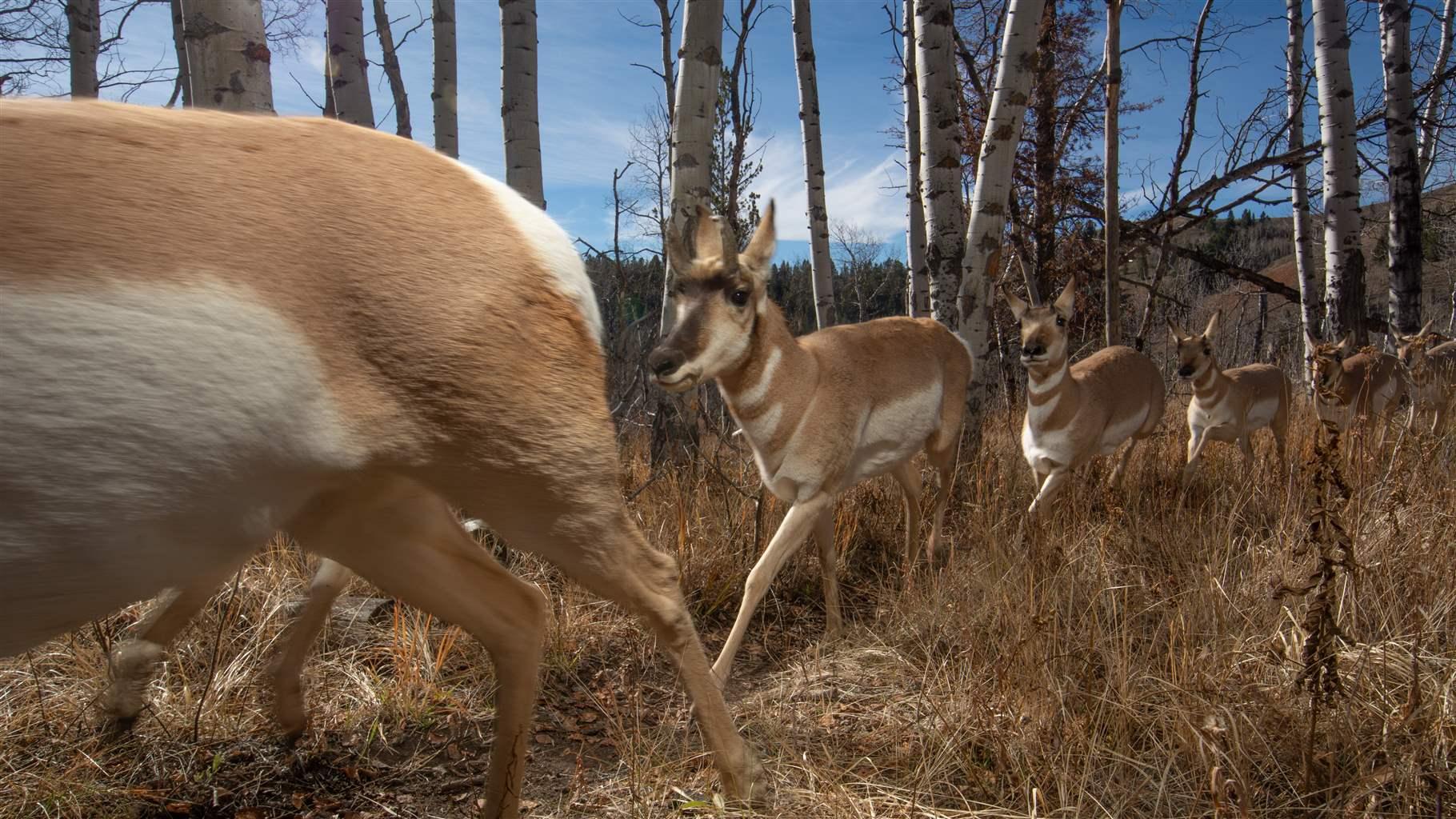Plants and animals may seem like entirely different forms of life, but they actually share several key similarities. Understanding these commonalities can help us appreciate the interconnectedness of all living things. In this article, we’ll explore five important similarities between plants and animals. Lets learn 5 similarities between plants and animals.
1. Cellular Structure
Both plants and animals are composed of eukaryotic cells, which means their cells have a well-defined nucleus and membrane-bound organelles. This fundamental similarity in cellular structure allows both plants and animals to carry out complex biochemical processes and functions.
2. Growth and Development
Plants and animals exhibit growth and development throughout their lifespans. While animals grow by increasing the size of their existing cells, plants have the unique ability to grow and develop new cells throughout their entire structure. Both plants and animals also undergo stages of development, from embryonic stages to adulthood, enabling them to adapt to their environments.
3. Response to Stimuli
Plants and animals can both respond to external stimuli in their environments. For instance, both plants and animals have the ability to react to changes in light, temperature, and touch. This responsiveness allows them to adapt and survive in their respective habitats.
4. Metabolism
Metabolism is another shared characteristic between plants and animals. Both types of organisms engage in biochemical processes to obtain energy from nutrients, as well as to carry out essential physiological functions. For example, plants photosynthesize to produce energy-rich molecules, while animals consume food for energy.

Credit: www.pewtrusts.org

Leave a Reply